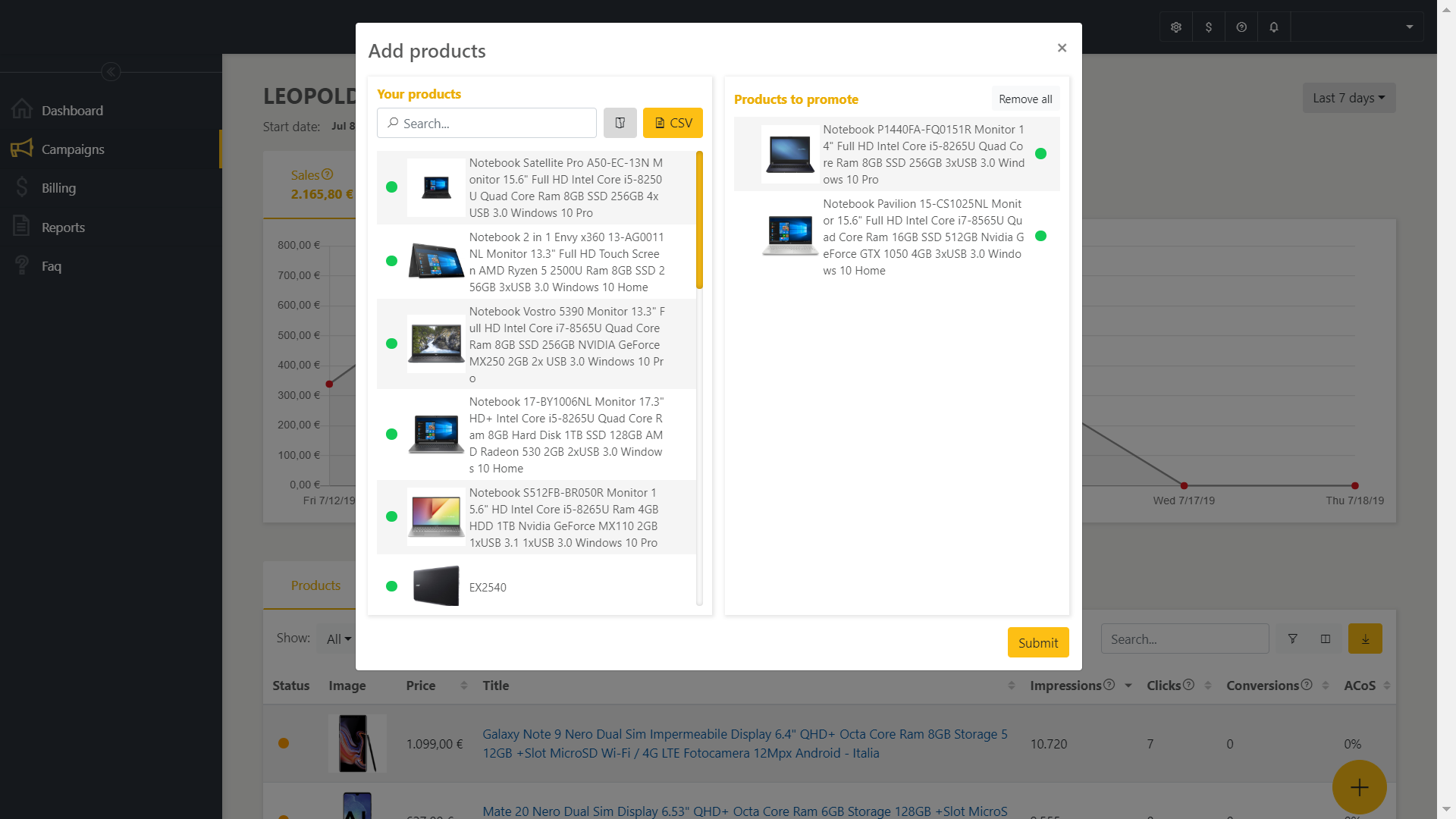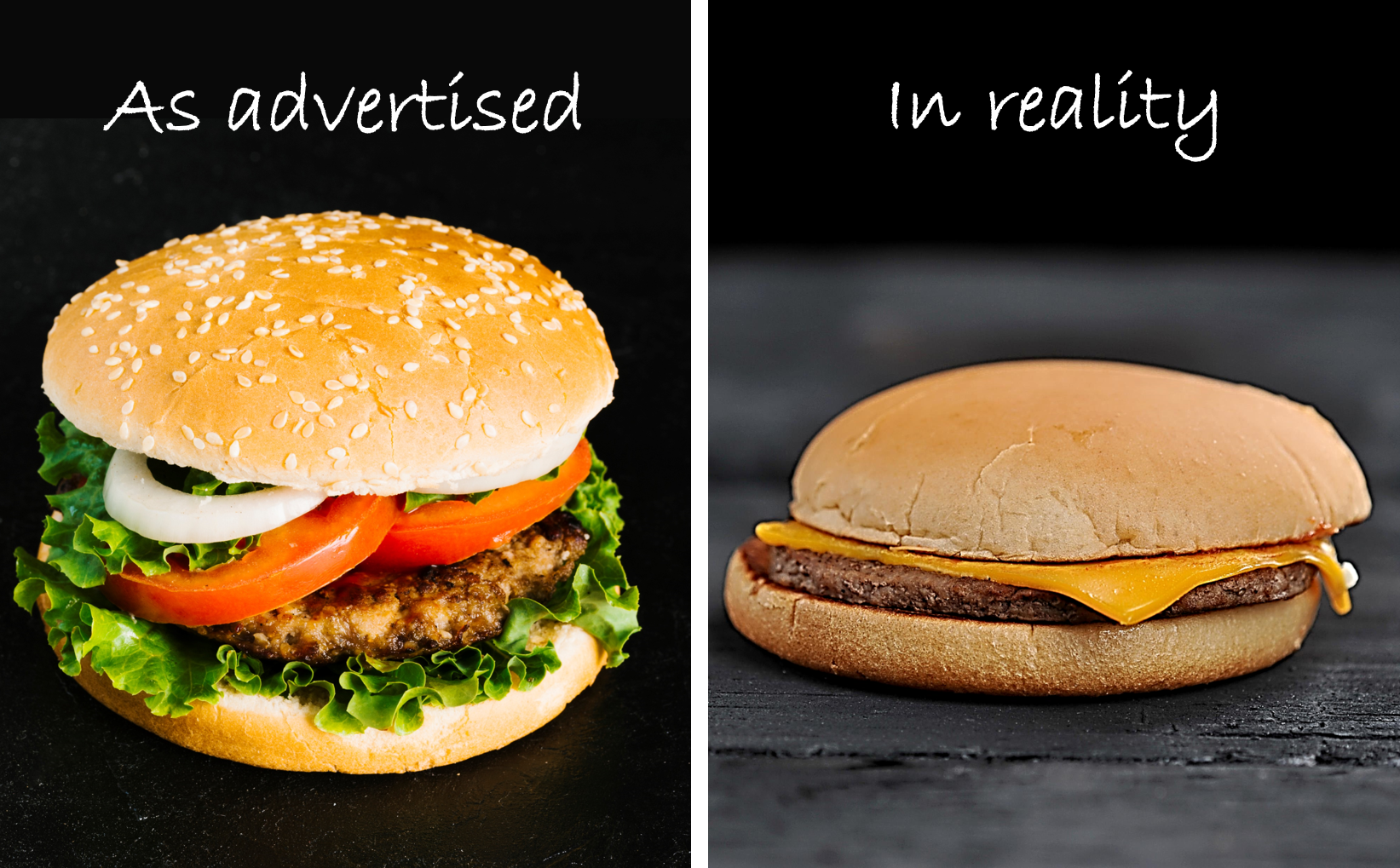5 tips for improving your Sponsored Product Ads campaigns

Remember the 3 wins that must exist for Sponsored Product Ads to succeed – The store, The sellers/brand partners and The shoppers?
This post will focus on the sellers and brand partners – Whether you are running Sponsored Product Ads on Amazon, Cdiscount, Jumia or Aliexpress , here are 5 tips that can help you get better results.
It is based on true blood, sweat and tears on wasted ads of sellers and brands around the world.
1. Before you start
Let’s start with an example – A fashion merchant rolled out a sponsored product ads campaign to promote some really cool and cheap sneakers. His ads got a lot of impressions and generated many clicks but all these clicks didn’t end up with a purchase.
When we looked at the product page it was pretty obvious why – There was only one photo of the shoes, there were no reviews, there was only one size available, there was no description and it was an unknown brand.
Before you start paying to send more people to your product pages you need to make sure that these pages look great to maximize their conversion rate:
- Make sure you have got the product in stock. When talking about clothes make sure you have all the size.
- Make sure you have high quality images.
- Include great product descriptions. The kind that actually sell your visitors with brilliant copywriting.
- Try to promote products pages that have good reviews.
- Pay close attention to your seller grade (if the store presents one). A good grade reduces the shoppers concerns and helps achieving better conversions.
- Try to make sure that your price is competitive. The fact that you paid for getting people to your product page doesn’t mean they are not doing price comparison.
- And obviously don’t try to use the promotion for misleading the shoppers – It will not work and once they get to the product page they will just leave without buying plus giving you a bad review.

2. Let the data guide you
After you start running sponsored product ads you will receive a lot of precious data about your products performance in the store – How many visitors see them (meaning how popular the category is), How many visitors clicked your products, What is their CTR (click rate), how many of them eventually buy the product (what is their conversion rate), How much promotion and budget you spend until you get one purchase, What is the winning bid for each product etc.
You can also track each product’s performance and compare it to your other product’s performance and to the same product’s performance over time.
- Is it doing worse now than it did 2 months ago? What does that mean?
- Should I start working on a new model?
- Is the bid price climbing or declining?
- Is the competition becoming stronger or weaker?
- Is this product not performing like the other models in the line?
- Can I do anything about it?
- Should I stop producing it?
- Should I change the price?
This data is priceless and super important to your business – Not only for deciding whether or not to run sponsored product ad campaigns but to understand much more elementary issues.
3. Be patient
We recommend to let the campaign run for 2-3 weeks (depends on the amount of impressions and conversions it generate) so you have enough data to start taking data driven decisions.
A common mistake is to come to the wrongful conclusion that a certain campaign isn’t working when the real reason is that you didn’t give it enough time.
It’s all about statistics and Probability.
4. Be generous
Start your campaign with a budget that can actually help you understand and learn its impact (let’s say something that will enable 100 clicks per product).
For example if you are selling a smartphone and willing to pay $1 per click, you should start with a pilot budget of $100.
Here is why:
Let’s say that your smartphone price is $1,000, the average conversion rate is 2% and your margin is 20%. This table presents the expected results based on the campaign budget:
| Budget | Clicks | Sales | GMV | Profit |
| $ 100 | 100 | 2 | $ 2,000 | $ 300 |
| $ 90 | 90 | 1 | $ 1,000 | $ 110 |
| $ 80 | 80 | 1 | $ 1,000 | $ 120 |
| $ 70 | 70 | 1 | $ 1,000 | $ 130 |
| $ 60 | 60 | 1 | $ 1,000 | $ 140 |
| $ 50 | 50 | 1 | $ 1,000 | $ 150 |
| $ 40 | 40 | 0 | $ – | $ (40) |
| $ 30 | 30 | 0 | $ – | $ (30) |
| $ 20 | 20 | 0 | $ – | $ (20) |
| $ 10 | 10 | 0 | $ – | $ (10) |
If you stooped the campaign after spending a budget of $40 (thinking your campaign is not working and not getting any conversions) you would lose $40 and you would be wrong.
You cant tell what is the conversion rate before you actually make a sale.
5. Now what?
After you let it run for enough time and spending the sufficient budget you can look at the results and start taking actions:
- Check SKU’s that don’t deliver and try to fix them if possible – Add pictures to the product page, check the price and make it competitive, get reviews etc.
- If there is nothing you can do about it you should exclude these SKUs.
- Check keywords that don’t deliver and see if you can do something with it or exclude them.
- Look for relevant keywords that don’t get enough impressions and see if your product pages are compatible (do you have these keywords in your title and description, is it in the right category etc)?
- Split your campaigns by categories and make sure similar products are in the same campaign.
- Set bids for each campaign/product according to its ACoS.

About Mabaya
Mabaya develops advertising tools that enable marketplaces and online retailers to monetize their traffic by offering sellers and brands to promote their products. Mabaya’s white label Sponsored Products Ads platform enables sellers and brands to bid in order to ensure their products are listed in premium locations in the online stores.

